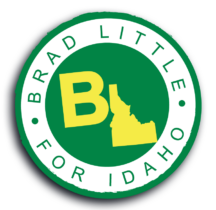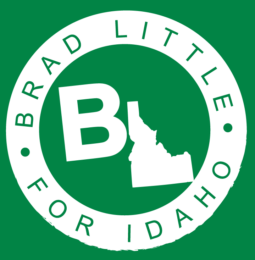Idaho is the Least Regulated State and a Model for the Rest of the Country
By James Broughel, The Bridge
Last month, Idaho Governor Brad Little announced that the state cut more than 1,800 pages of regulations in 2019, bringing its total regulatory count down to just 41,000 restrictions. If this new count is accurate, it would make Idaho the least regulated state in the nation, according to recent research from the Mercatus Center.
That’s great news for Idaho. But what does this development mean for the future of regulatory policy more generally?
First, the Idaho experience demonstrates that state governments can significantly reduce regulations without much fanfare or controversy. Idaho claims to have cut or simplified an astounding 75 percent of its rules. This regulatory reform is being done transparently with input from the public in the form of written comments and public meetings. Early next year, state legislators will also have a say when they decide whether or not to give final approval to Governor Little’s new streamlined administrative code.
Some of the cuts may have been uncontroversial because they were considered low-hanging fruit. For example, Idaho had rules on the books related to a TV game show that was never produced. These types of rules probably aren’t burdening the public, but they do unnecessarily clutter the code, which over time adds complexity that ultimately can dissuade would-be entrepreneurs from starting businesses or expanding them.
Cutting low-hanging fruit makes sense, but future reformers in Idaho and elsewhere should prioritize extending such reviews beyond merely eliminating obviously outdated and unnecessary regulations. Reforms should also include reviewing rules that may sound good in theory but may not achieve their objectives in practice.
Lawmakers can better distinguish beneficial regulations from ineffective and harmful ones by relying more on economic analysis in the review process. This is not a new idea: the federal government has applied a form of cost-benefit analysis to new regulations for decades. And while that process is far from perfect, it enjoys bipartisan support and is better than conducting no analysis.
In general, the states lag far behind the federal government in using economic analysis to evaluate their regulations. This is a drawback because it means regulations are unlikely to be evidence-based. But it also presents an opportunity because states can experiment in areas where the federal government has come up short. For instance, the federal government rarely bothers to analyze the stock of existing regulations, focusing instead on new rules. This is a major problem, but it’s one area where the states can lead the way.


